
FAQ on Volume for Food/Beverage and Candle/Bath/Body Products
There are several FAQ about volume on food/beverage and candle/bath/body products. What is volume? What is overflow volume? How do I determine the volume of my product? Why does my jar hold a volume different than what it is called? Which volume do I include on my label? Read on to get insight on these questions.
What is volume?
Volume is the measure of 3-dimensional space a substance occupies. When referring to the volume of a container, it is the volume of the substance that can be contained. Volume is measured in fluid ounces or Liters (ml, L).
Many manufacturers/suppliers provide a measurement called “Over-flow Volume”, which is the amount of water the container can hold to the point of overflowing. This measurement is relevant because it offers a consistent standard.
Which measurement works for your product?
Containers are used in so many different applications and are filled to different levels for each of those applications. For example; there are differing head space guidelines for home canning based on the size of the jar, specific contents of the product and the type of processing involved. Because of this, a container identified as a 16oz container may hold a little less. In a candle vessel, a chandler may choose to pour only to the shoulder of the jar so that the radius of the melt pool is consistent. This results in yet another volume value. You can see the technical drawing for our most popular 16oz jar here.
Examples of Volume
The following images demonstrate how different makers identify the size of their product.
This jar below is considered a 16oz jar (pint jar) but since wax is less dense than water, and since the fill is just at the start of the collar of the jar, there is not 16 fluid ounces nor does it have a net weight of 16oz. Therefore this chandler’s choice of 12+ is acceptable.
This product below is labeled with fluid ounces. Since the processing doesn’t require headspace for processing, and butter is less dense than water (and will weigh more) this is the best choice for this product.
What will be most relevant to your customers?
Containers are used in so many different applications and are filled to different levels for 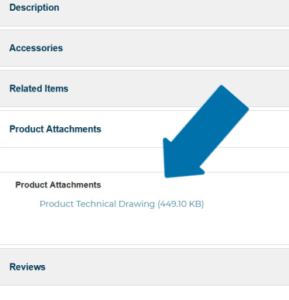 each of those applications. For example; there are differing head space guidelines for home canning based on the size of the jar, specific contents of the product and the type of processing involved. Because of this, a container identified as a 16oz container may hold a little less. In a candle vessel, a chandler may choose to pour only to the shoulder of the jar so that the radius of the melt pool is consistent. This results in yet another volume value. You can see the technical drawing for our most popular 16oz jar here.
each of those applications. For example; there are differing head space guidelines for home canning based on the size of the jar, specific contents of the product and the type of processing involved. Because of this, a container identified as a 16oz container may hold a little less. In a candle vessel, a chandler may choose to pour only to the shoulder of the jar so that the radius of the melt pool is consistent. This results in yet another volume value. You can see the technical drawing for our most popular 16oz jar here.
There is also the issue of customer perception and the clarity of your labeling. Volume does not equal weight – unless it is water or has the exact combined density of water. This distinction is very important – whether you are bottling a beverage, a sauce, a salsa, red beets, green beans, olive oil, honey, ghee, bath salt or a candle. Yes, you can use a digital scale to weigh in ounces, but that does not mean your product will, when poured into a container, occupy the same measure in volume. Products with a density less than water will occupy more space. You can nerd out on density and specific gravity here. So, for example, if you are packaging ghee, you may be using a container that has a 9oz volume, but find that it contains less in weight. This difference is something you, as the product creator, will need to determine.
If you do not have restrictions from your wholesaler or regulatory body on how your labels must read, you will need to decide whether you identify the amount of your product by weight, by volume or both.

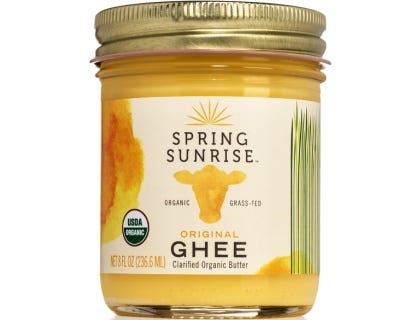
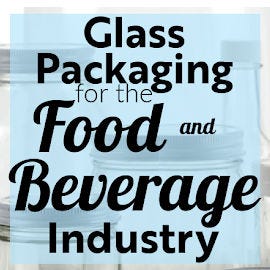
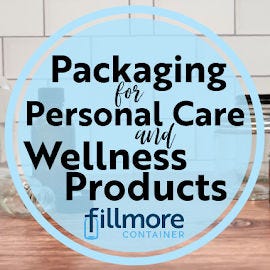

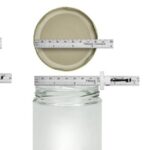

0 Comments